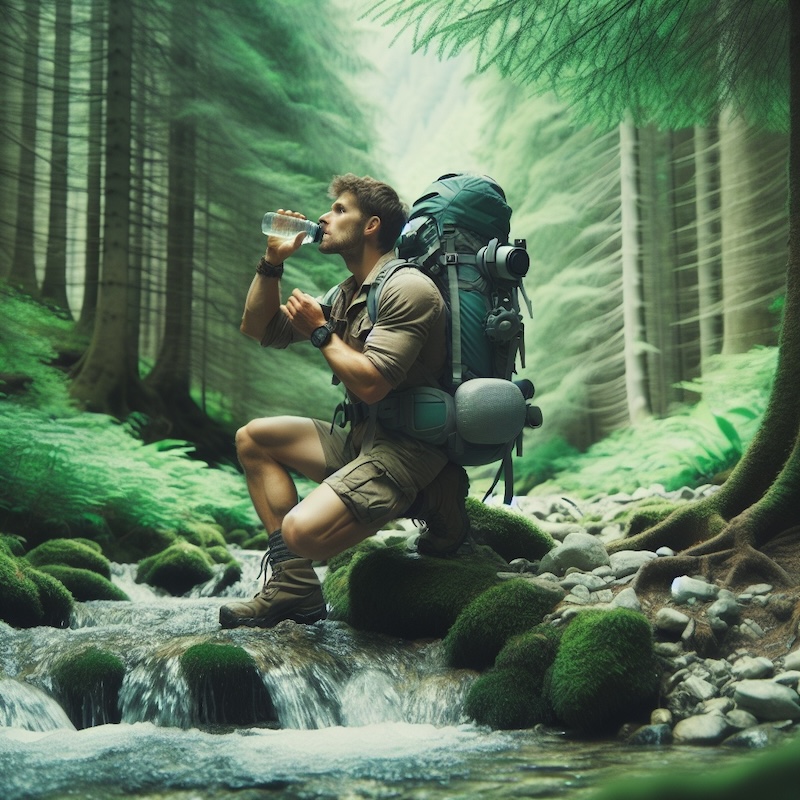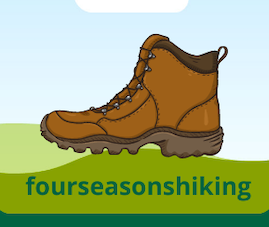Most hikers and backpackers will tell you that clean, fresh water is non-negotiable when you’re out on the trail. Whether you’re out for a day hike or a week-long backpacking adventure, having access to uncontaminated water is crucial for your health and overall experience.
Trekking through the wilderness exposes you to water sources that might look pristine but can harbor a variety of dangerous pathogens, including bacteria, viruses, and parasites. Consuming untreated water can lead to severe illnesses like Giardia and Cryptosporidium, which can mess up your digestive system and ruin your trip. It’s vital to ensure the water you drink is purified effectively.
The consensus among seasoned hikers is clear: having a reliable water filtration system is paramount. It’s not just about comfort; it’s about ensuring you stay strong and hydrated throughout your journey. Experienced hikers often share stories of how vital clean water sources are, and many wouldn’t dream of hitting the trail without their trusted filtration device.
Investing in a high-quality water filter is not just a recommendation; it’s a necessity. It’s a small price to pay for peace of mind and the assurance that you’re drinking safe water. With the right filter, you can confidently stay hydrated from streams, rivers, and lakes without worrying about compromising your health.
Types of Water Filtration Systems: Finding the Right Fit
Water filters come in various types, each offering unique benefits depending on your hiking or backpacking needs. Pump filters, gravity filters, squeeze filters, and UV purification systems are among your choices.
Pump filters are dependable and versatile. They work great in almost any water source, from muddy puddles to clear mountain streams. However, they can be a bit bulky and add weight to your pack. If you’re going on a longer trek or hiking in areas with questionable water sources, a pump filter might be your best bet.
Gravity filters are perfect for groups or when you plan to set up camp. They use the force of gravity to do the work for you, requiring less physical effort. Fill the bag, hang it up, and let gravity handle the rest. These filters usually have a larger capacity but can take longer to filter water. They’re ideal for base camps or family trips where sharing the load makes sense.
Squeeze filters are compact and lightweight, making them excellent for shorter hikes or solo adventures. You fill a collapsible pouch with water, attach the filter, and squeeze the clean water into your bottle. They are quick and efficient but might not be suitable for heavily contaminated water sources.
UV purification systems use ultraviolet light to kill harmful microorganisms and are extremely lightweight. They are great for when you’re counting every ounce, like on long-distance trails. However, they rely on batteries, so having a backup plan is key if your UV device runs out of power.
When choosing a filter, consider the terrain, distance, and overall weight of your pack. For rugged terrain with uncertain water quality, you might opt for a more robust solution like a pump filter. For lighter and faster hikes, squeeze filters or UV purifiers offer a decent balance of reliability and weight savings. Always remember to test your filter before your trip and pack extra batteries or parts if needed.
Maintaining and Using Your Water Filter Effectively
Keeping your water filter in top shape ensures it works when you need it most. Each type of filter has specific usage and maintenance guidelines to follow for optimal performance.
Using a pump filter involves regular backflushing to prevent clogs. After each use, pump clean water through the system to clear out any debris. Store the filter in a dry place to prevent mold growth and consider carrying a spare filter cartridge for long trips.
Gravity filters require a bit of setup. Hang the dirty water bag higher than the clean water container, letting gravity do the work. After use, it’s important to clean the filtration elements with clean water and air them out completely before packing them away. This helps maintain their flow rate and effectiveness.
For squeeze filters, periodic cleaning is crucial. Backflushing with clean water pushes out trapped particles and keeps the flow steady. Some models come with a syringe for backflushing, making the process easy even in the field. Keeping the filter membrane from freezing is also essential, as freezing can damage the filter permanently.
UV purification systems are straightforward but require careful handling. Always ensure the water is clear enough for the UV light to penetrate effectively. Cloudy water should be pre-filtered if necessary. Regularly check and replace batteries, carrying extras on longer trips. Keep the UV device dry when not in use to avoid damage.
Regardless of the filter type, always follow the manufacturer’s instructions for use and maintenance. Proper care not only prolongs the life of the filter but also ensures that it performs safely and effectively. With these steps, you can confidently enjoy your outdoor adventures, knowing you have a reliable source of clean water.
Military Grade Self Cleaning Water Purification Pump
Finally, depending on your needs, a water purification pump can save you time and energy. It is completely self-cleaning with every stroke of the pump. Although the weight may be heavier than some, the reliability and speed are well worth considering.
In compliance with the FTC guidelines, please assume the following about links and posts on this site: Any/all of the links fourseasonshiking.com are affiliate links of which I receive a small compensation from sales of certain items.

Learn More, Click Link
